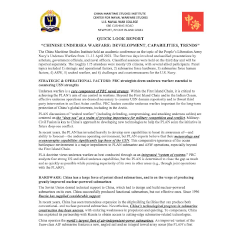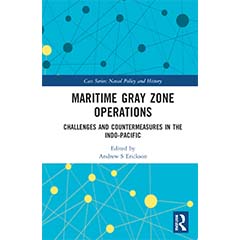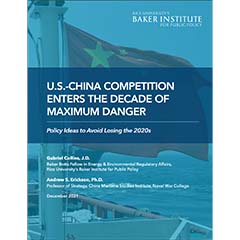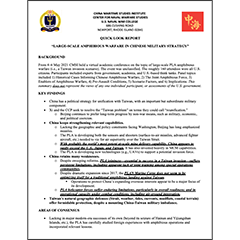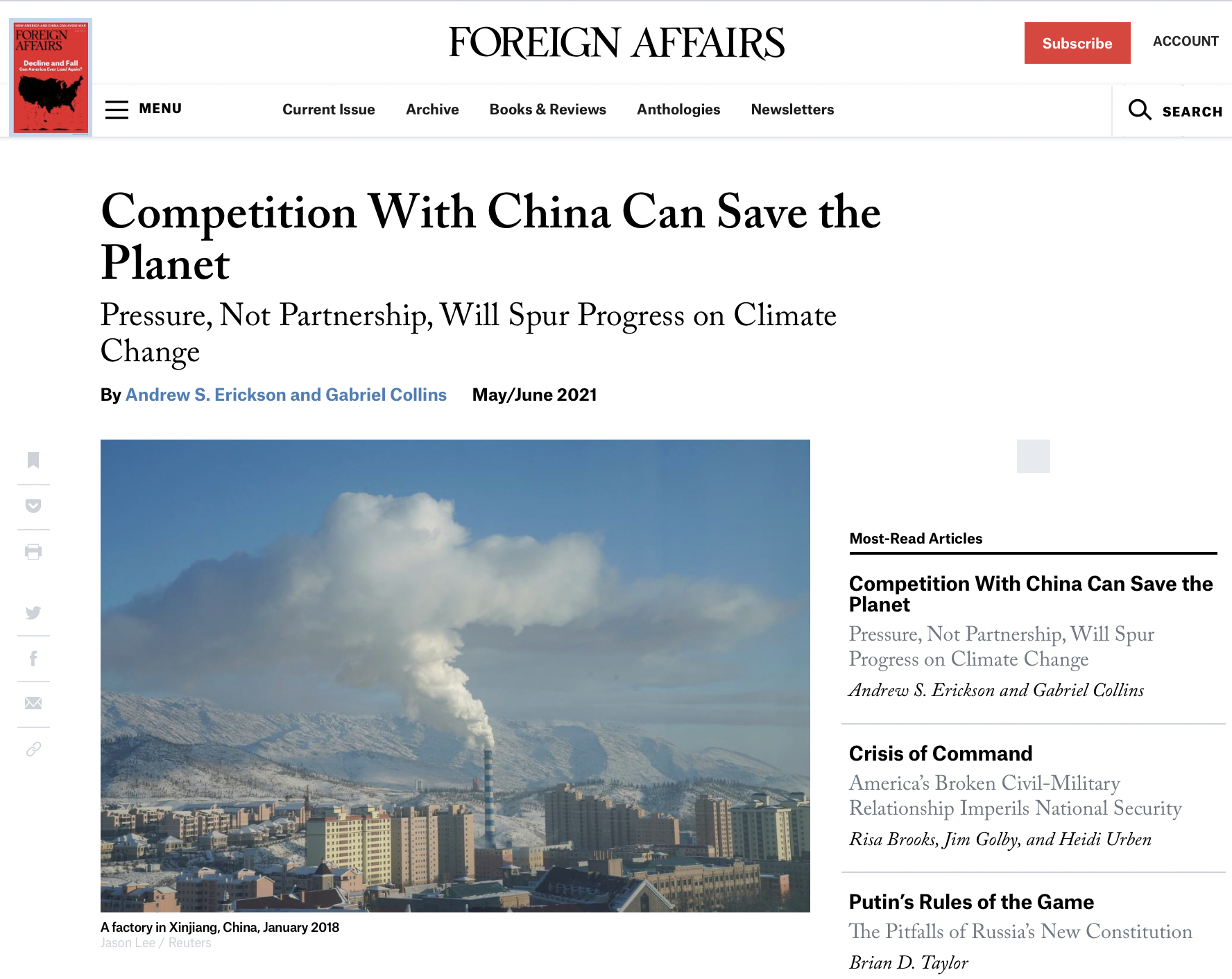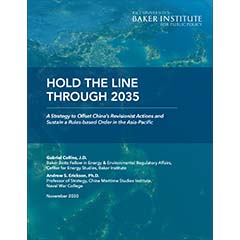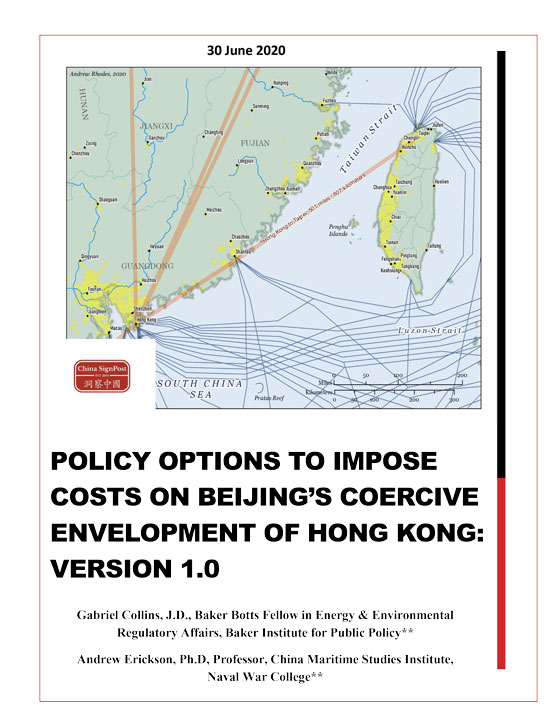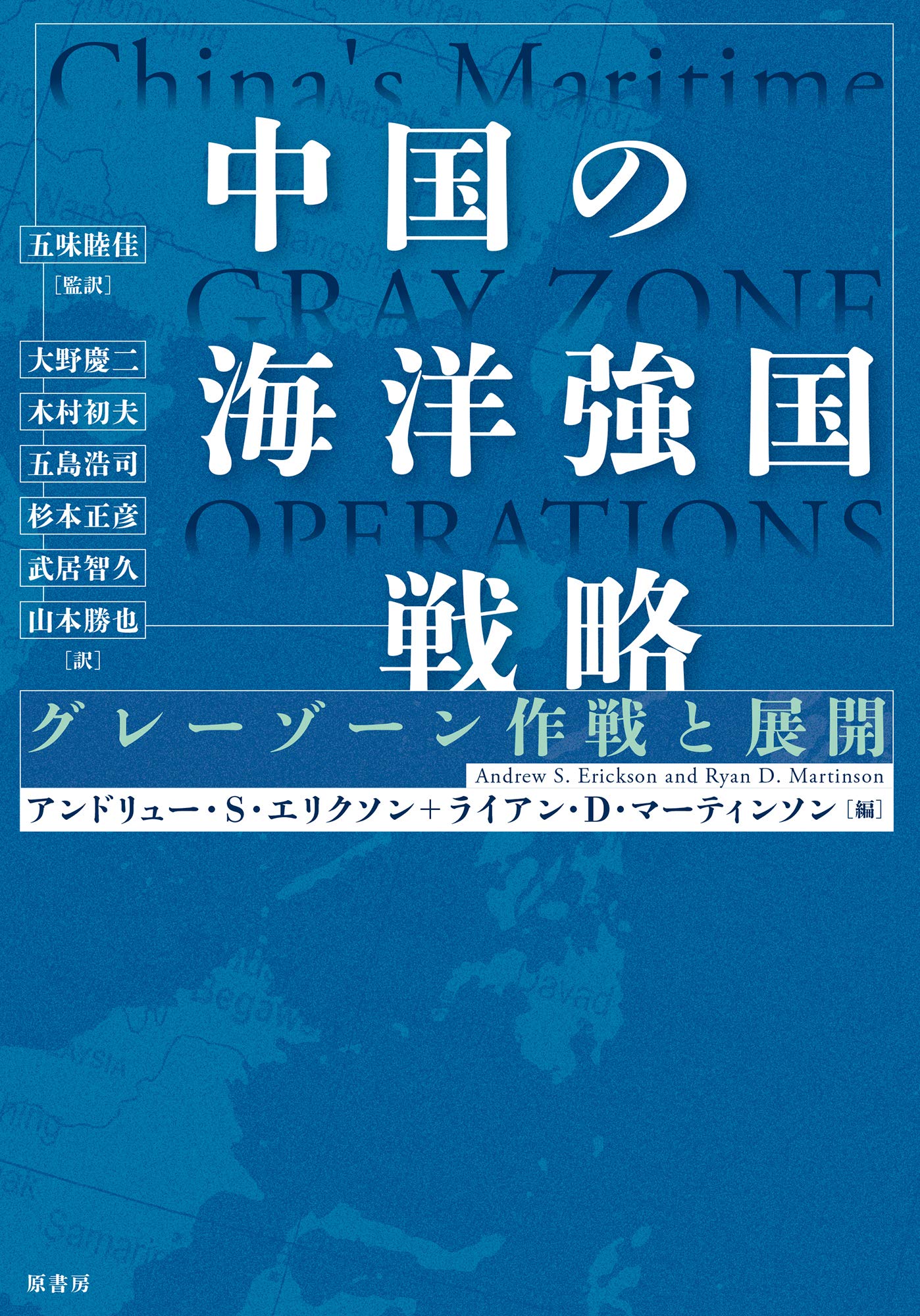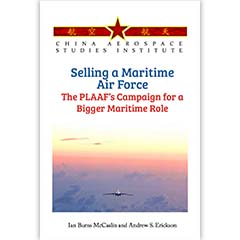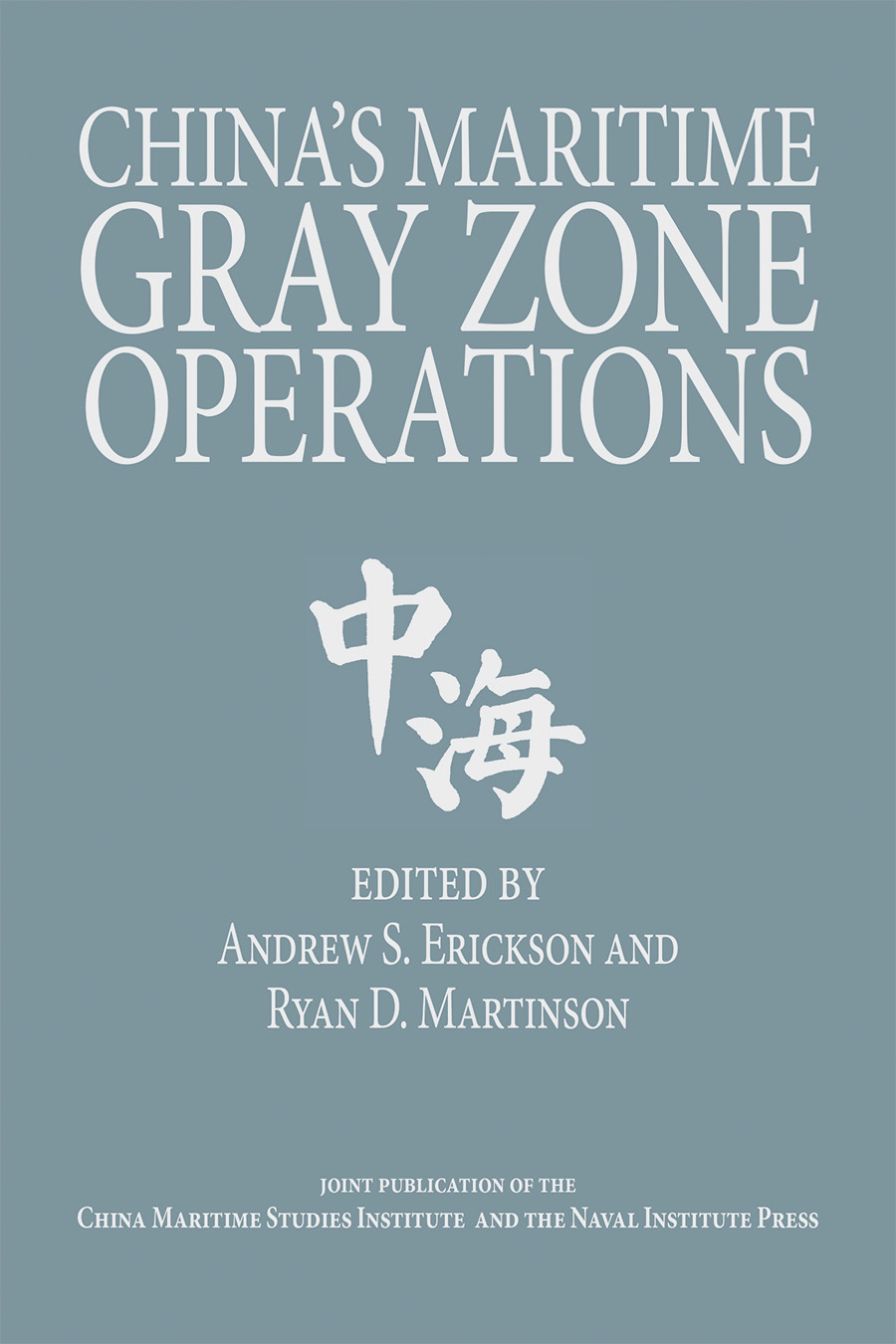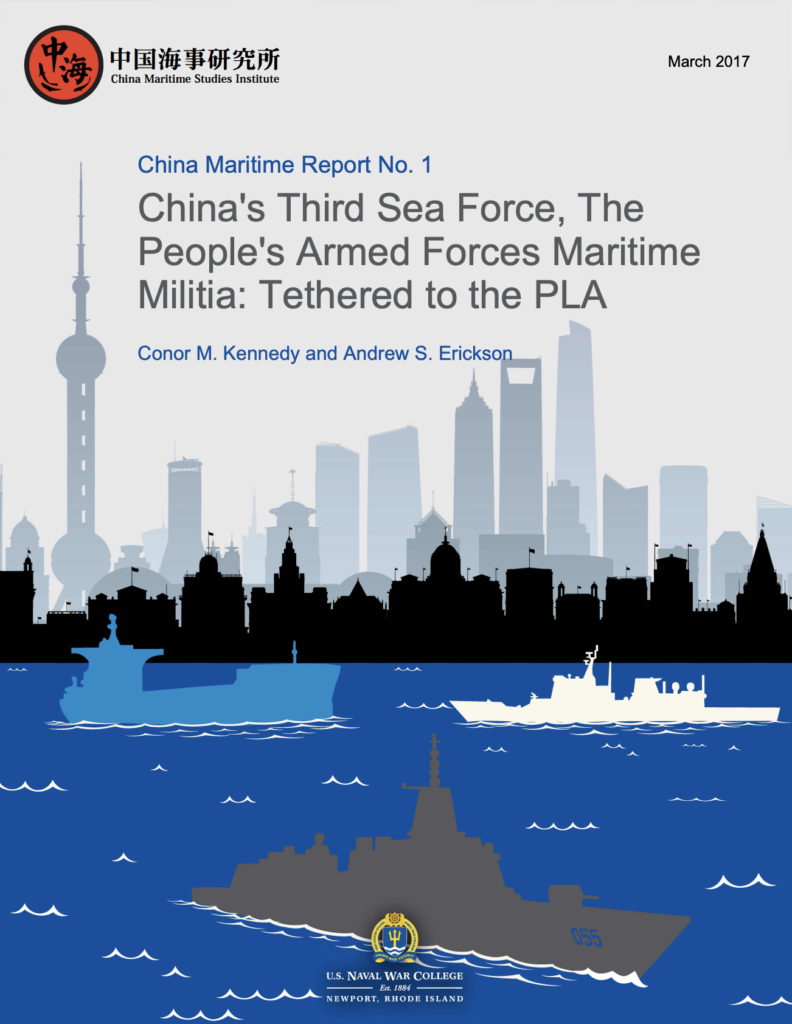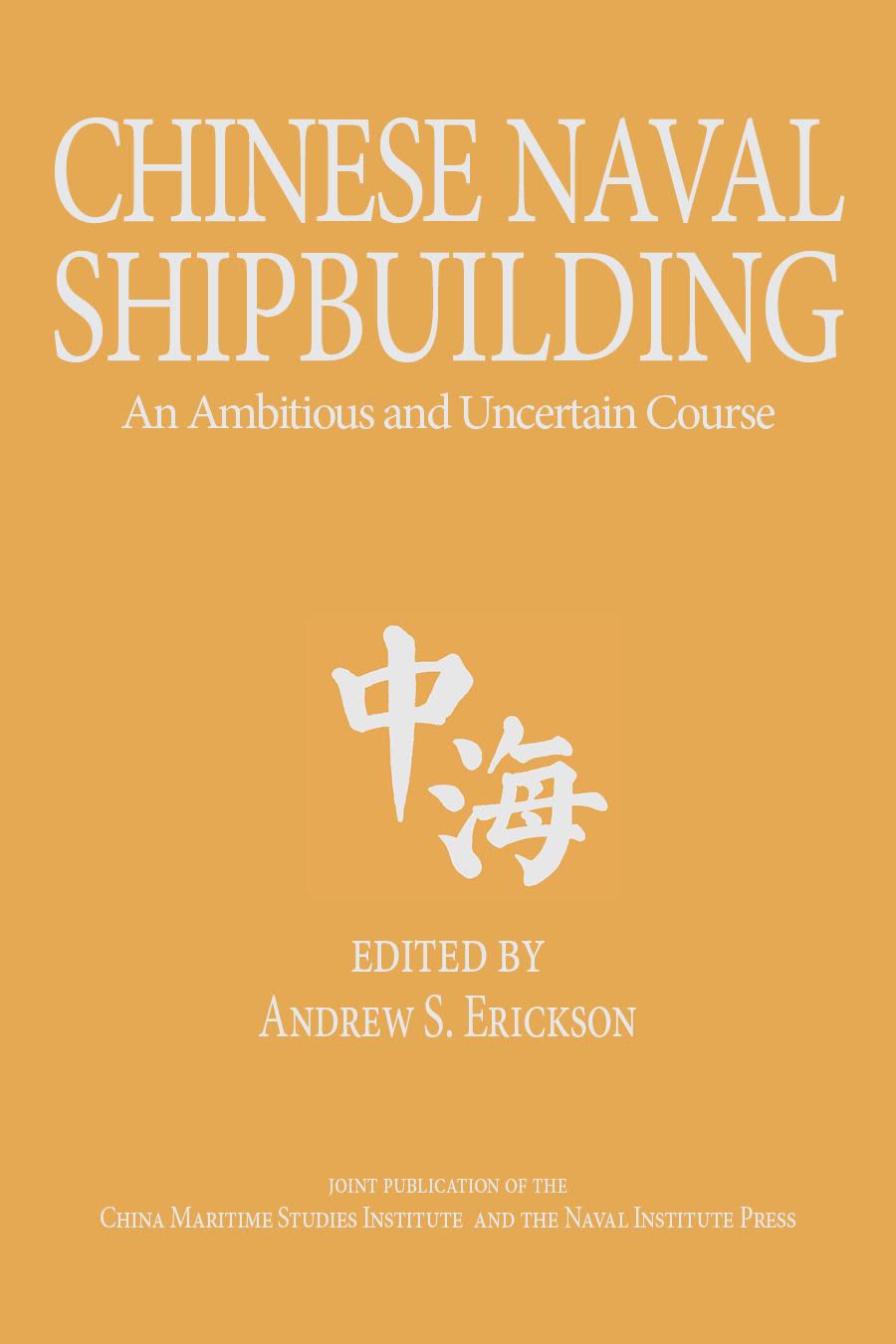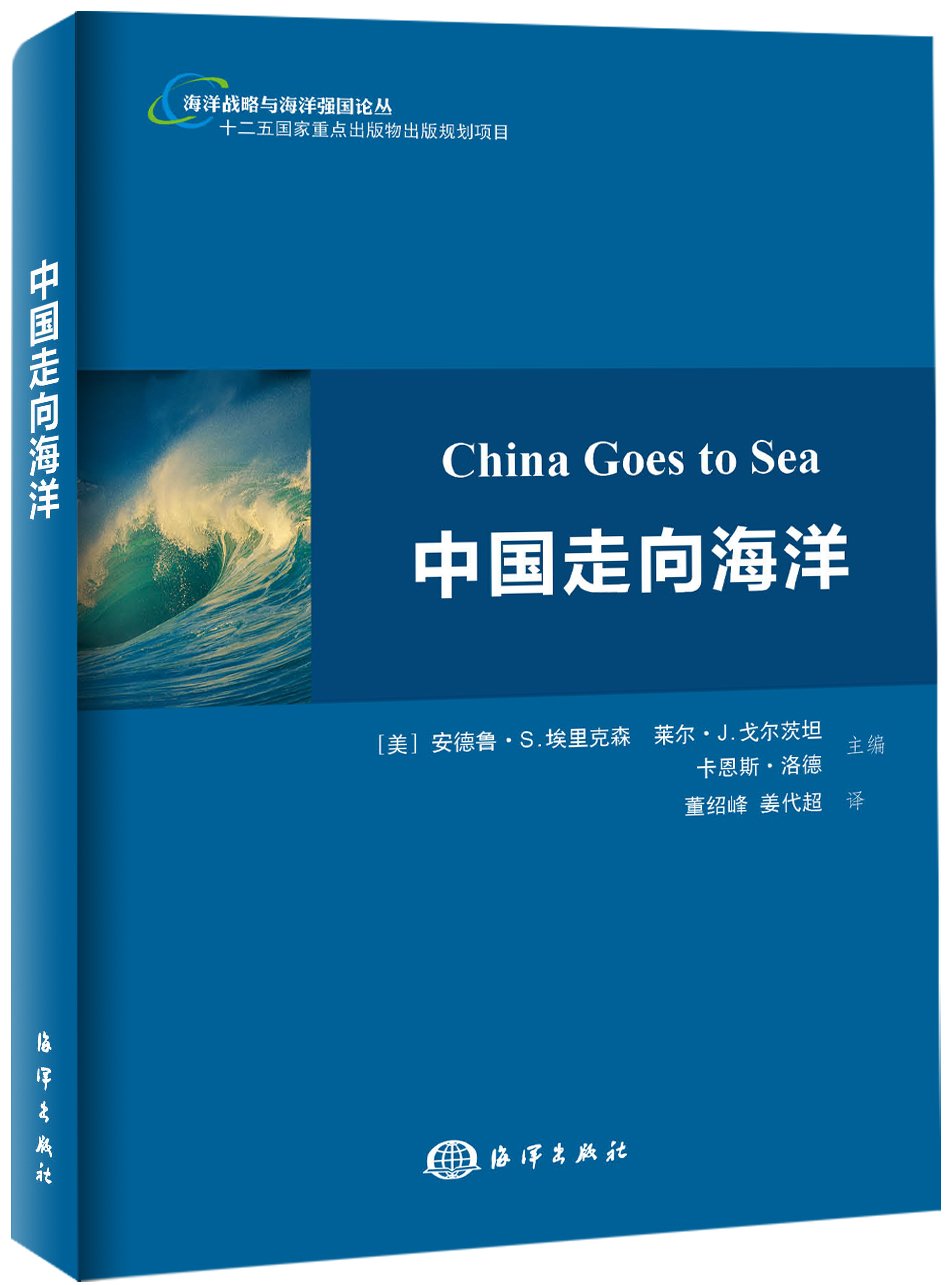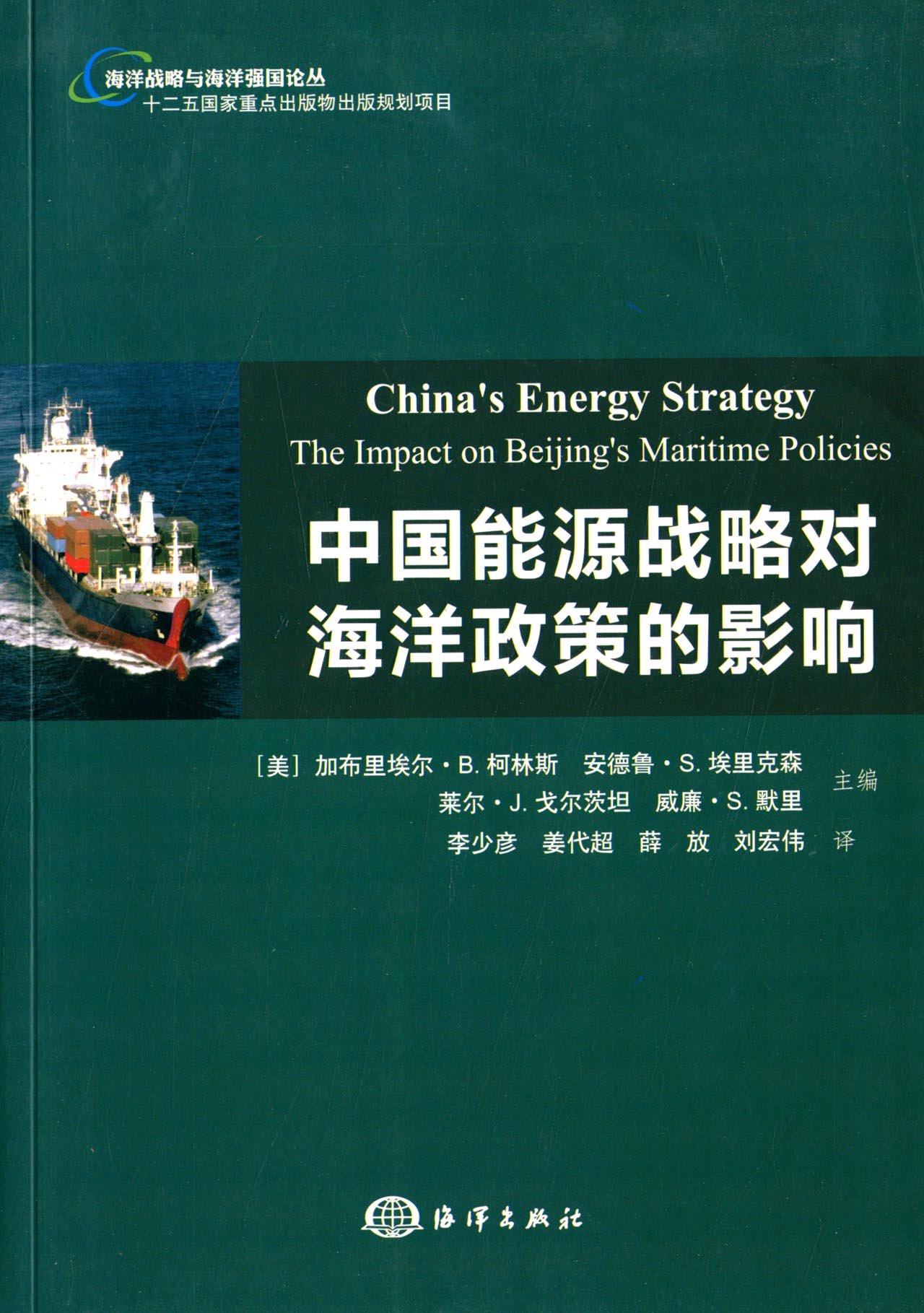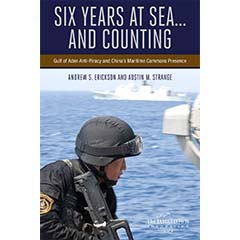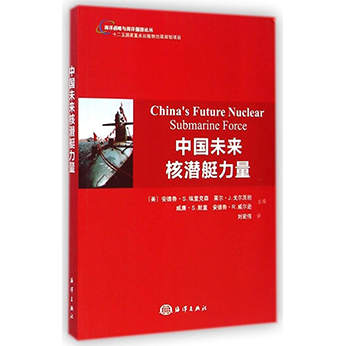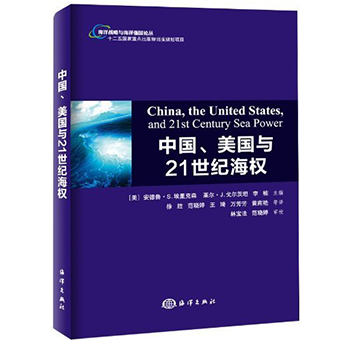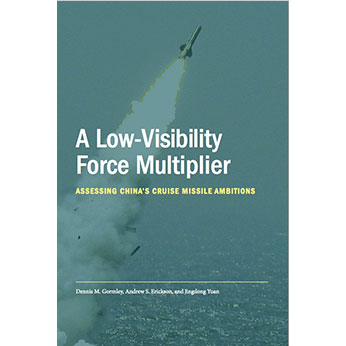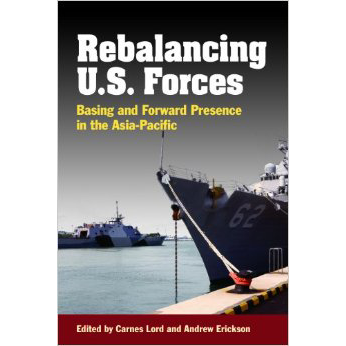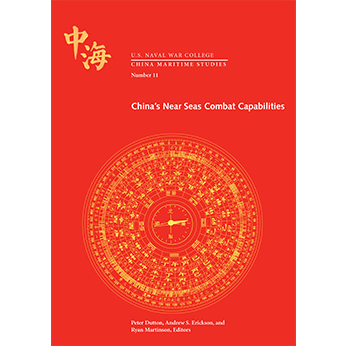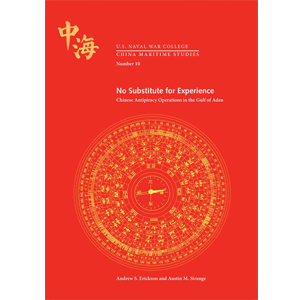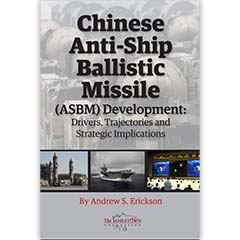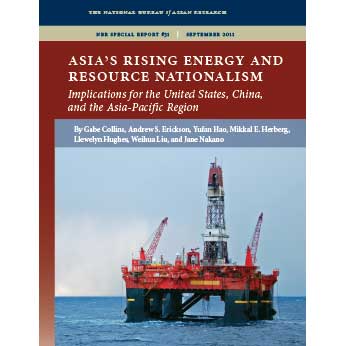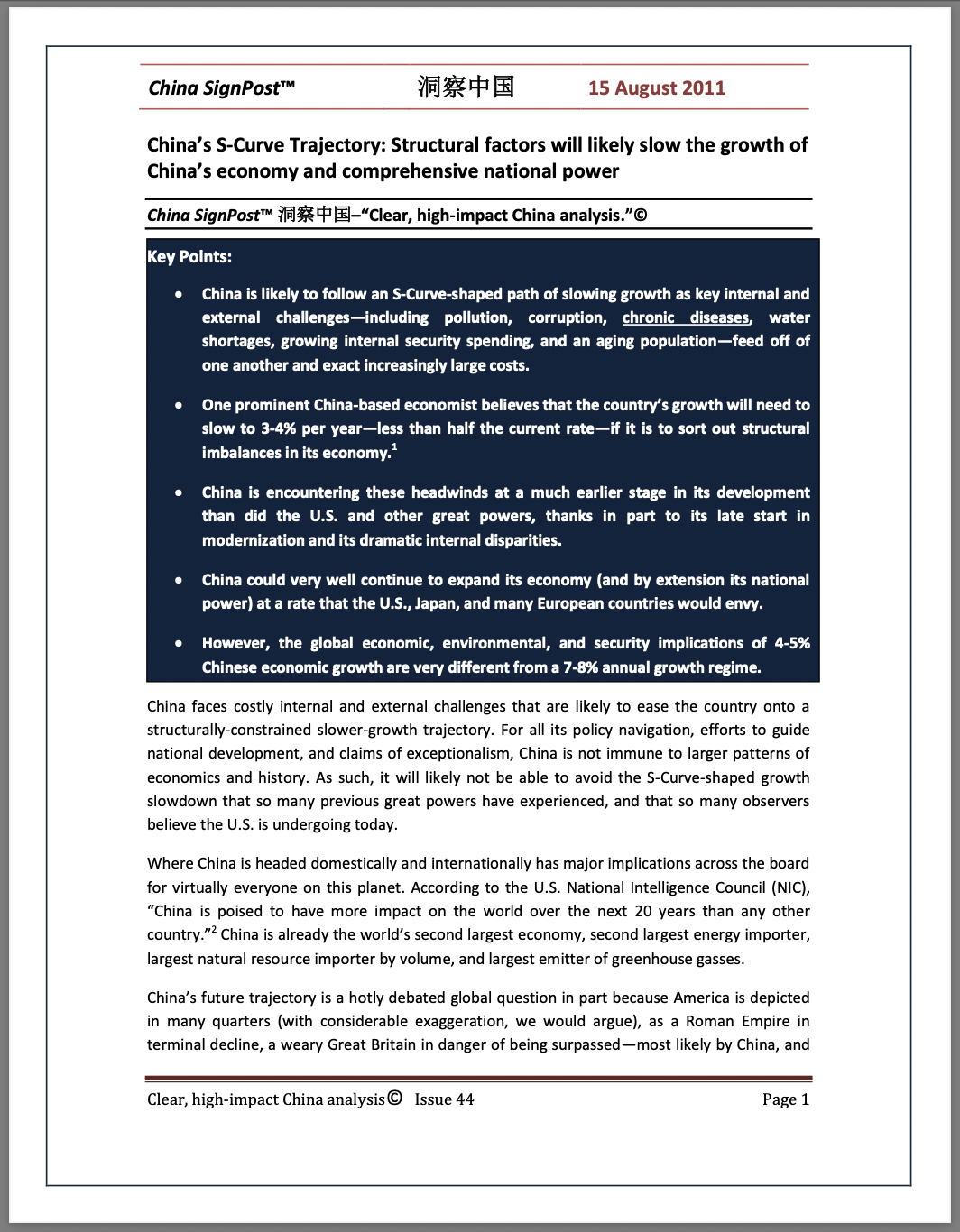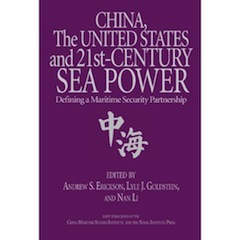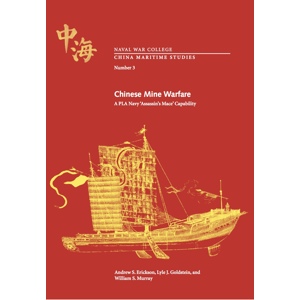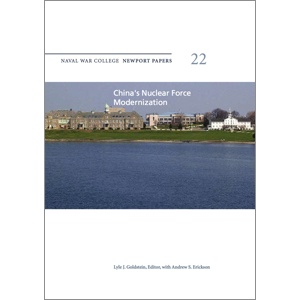Chinese Amphibious Warfare: Taiwan Targeted, Scenarios Swirling
Andrew S. Erickson, “Chinese Amphibious Warfare: Taiwan Targeted, Scenarios Swirling,” The Diplomat, 14 December 2024.
Part two of a two-part series detailing China’s amphibious warfare and the implications for Taiwan.
As China deploys the most warships around Taiwan in its largest maritime operation in three decades, scrutiny of the potential military operations Xi Jinping envisions is long overdue. This second part of a two-part series, based on the Naval War College’s China Maritime Studies Institute’s new edited conference volume, “Chinese Amphibious Warfare: Prospects for a Cross-Strait Invasion,” distills key findings from the book regarding scenario factors and policy recommendations, and highlights areas of ongoing research.
A comprehensive net assessment of the cross-strait military balance is beyond the scope of our unclassified project. We instead focused on China’s amphibious-related developments and identify key dynamics and trends. Part 4, “Scenario Factors,” therefore considers specific elements vital to the success of a Taiwan invasion. The People’s Liberation Army (PLA) is laser-focused on accounting for all relevant variables, but retains considerable challenges and shortcomings even as it builds and deploys forces at a rate unprecedented in the postwar era.
A large-scale amphibious invasion is one of the most complex, difficult military operations of all. It is extremely challenging to achieve. Success hinges on comprehensive planning, complex command and control architectures, massive force employment, and precise synchronization. It can be thwarted by factors ranging from inclement weather to enemy countermeasures to unexpected contingencies. There is no better acknowledgment of these inherent uncertainties than the “In case of failure” message drafted by U.S. General Dwight D. Eisenhower on June 5, 1944, the day before the monumentally successful D-Day Invasion.
As Lieutenant General Charles Hooper – formerly a U.S. defense attaché in Beijing – points out in his foreword to our volume, the last major opposed amphibious landing was the U.S. assault on Inchon, South Korea in 1950. Beijing is now contemplating one of history’s most ambitious amphibious operations, including the largest-ever civilian ship mobilization – greatly exceeding the Dunkirk evacuation in ship numbers and the Falklands War in tonnage. China lacks experience operating under wartime conditions at that scale. Its airborne forces, for example, have historically had a regime preservation role – as seen in suppressing the 1967 Wuhan uprising during the Cultural Revolution and in the 1989 Tiananmen Massacre. Under a variety of scenarios, Beijing might have to send some forces on a one-way mission. … … …
This second part of a two-part series offered larger implications from the penultimate and concluding sections of “Chinese Amphibious Warfare,” as well as showcased areas of continuing related research. Part 1 summarizes key findings from this CMSI volume’s earlier sections: China’s amphibious history and doctrine, its current joint force, and its supporting enablers.



